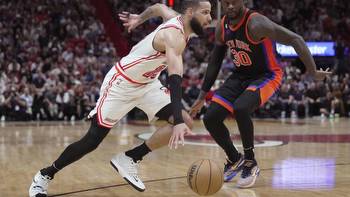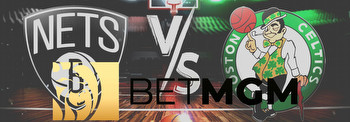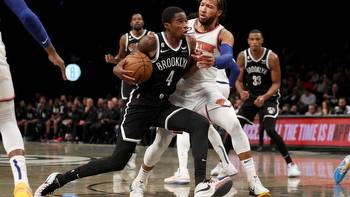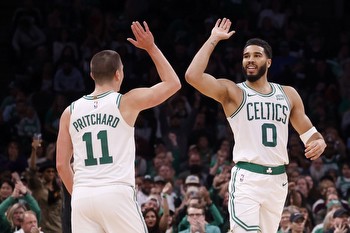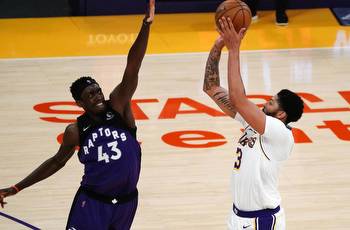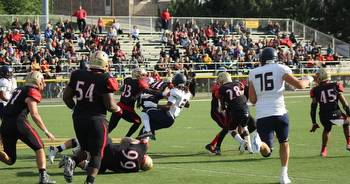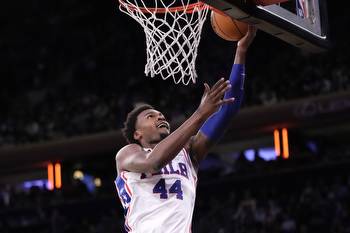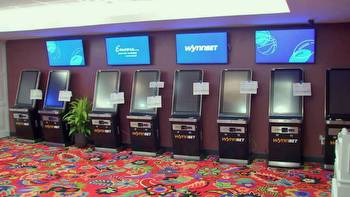The Strategy Behind “Middling” in Sports Betting

Sports betting in the U.S. is somewhat different than the sports betting that takes place in Europe. They differ largely as follows: a lot of U.S. betting markets use point spreads that can frequently change as betting volume increases. In Europe, money lines are used for most betting markets. Does this difference matter?
Defining Point Spreads
Since this discussion is going to be centered on the “middling” sports betting strategy, only point spread betting is relevant. With that in mind, it seems prudent to start this discussion with a definition or description of the point spread concept.
First, point spreads are predominately used for sports like basketball and football; sports where scoring is plentiful. Since all teams are not equal in their abilities, something has to be done to make sure an unevenly matched game is worthy of bets. It’s not likely that a sports bettor will wager on the worst NBA team against the best NBA unless something was used to “even the playing field.”. That’s why bookmakers use point spreads.
Example: The Boston Celtics are playing the New York Knicks in Boston. In the eyes of sports bettors and bookmakers alike, the Celtics are at least 12 points better than the Knicks on any given day. To ensure bettors will bet not only the game but both sides of the game, bookmakers will post a point spread line. In this case, the line would read something like this:
Boston Celtics -12.5 (-110)
New York Knicks +12.5 (-110)
If a sports bettor wagers on the Celtics, they will have to “lay” 12.5 points. Knicks bettors will get 12.5 points. To determine the final betting outcome, the final score is adjusted by the point spread. If the real final score was Bos 122 – NY 106, the bookmaker either subtracts 12.5 points from Boston’s score (final score: Bos 109.5 – NY 106) or adds 12.5 points to New York’s score (final score: Bos 122 – NY 118.5). In both cases, the Celtics would end up being the winning side.
The Middling Strategy
U.S. online gamblers are always looking for extra value from their wagering dollars. Online casino players like USA casino bonuses. Sports bettors like identifying betting strategies that they believe will give them an advantage over the bookmaker. The “middling” strategy is one such strategy.
As part of understanding this strategy, it’s also important to understand that bookmakers will adjust point spreads in an effort to attract bettors to one side or the other of a particular game. Remember: Bookmakers want no vested interest in the outcome of a game. They strongly prefer equal action on both sides, leaving them to collect the “vig” or commission from one side with no risk.
Example: Using the same aforementioned betting market
Boston Celtics -12.5 (-110)
New York Knicks +12.5 (-110)
The -110 represents how much a bettor has to wager to win exactly $100. If 10 bettors wager $110 on the Celtics at -12.5 and another 10 bettors wager $110 on the Knicks at +12.5, the bookmaker will accept $2,200 in total bets on the game. The “books” are balanced. Regardless of which side wins, the bookmaker will distribute $2,100 total to the winning bettors. They keep the other $100 and do so after having no exposure from the outcome. Quite a gig, huh?
Unfortunately, the books are not always balanced as the betting action comes in. When that happens, the bookmaker will adjust the point spread to try to entice bettors to wager on one side or the other.
Using the above example, let’s say the action is too heavy on Boston. To entice more action on New York, the bookmaker adjusts the point spread as follows:
Boston Celtics -13.5 (-110)
New York Knicks +13.5 (-110)
The hope is bettors who didn’t like the Knicks at +12.5 will like them more at +13.5 and will start betting more on that side. Such point spread adjustments bring the “middling” strategy into play.
Let’s say Bettor A originally wagers $110 on the Celtics at -12.5. They notice the line adjustment and go back and wager $110 on the Knicks at +13.5. They have created the possibility of middling the game. Follow along with the possible outcomes
Outcome #1: If the Celtics win the game by 12 points or less, Bettor A wins the Knicks bet and loses the Celtics bet for a net loss of $10.
Outcome #2: If the Celtics win the game by more than 13 points, Bettor A wins the Celtics bet and loses the Knicks bet for a net loss of $10.
Outcome #3: If the Celtics win the game by exactly 13 points, Bettor A wins both bets for a net win of $200. WOW!
Effectively, Bettor A risked $10 for a chance to win $200 if the game “middled.”
While the strategy rarely bears fruit, it’s a strategy that can be employed with little risk and a big upside. Rest-assured, it’s a proud moment for the bettor when the strategy does bear fruit.

